The origin and meaning of the lion motif used in accessories
The origin and meaning of the lion motif used in accessories
Lions are popular motifs for accessories and all kinds of sculptures, and have been feared since ancient times for their strength, appearance, and fierceness.
From there, taming or defeating a lion became an easy-to-understand way of expressing transcendental power.
Representative examples include Hercules from Greek mythology and David and Samson from the Old Testament.
In terms of wearing lions on one's person, Hercules may have been the first to wear them as ornaments, using the heads and skins of lions he had slain.
The lion as a heraldic motif and symbol of authority
Lions were a popular heraldic motif in medieval Europe, alongside lilies and eagles, and are classified into dozens of different types, depending on whether the lion is standing, lying down, or with one leg raised.
In addition to being used as a coat of arms to identify individuals or families, it was also used on costumes such as cloaks to demonstrate the royal authority.The cloak of Roger II, the first king of the Kingdom of Sicily, is embroidered with a lion attacking a camel, holding a sacred tree in between.
From a religious perspective, the winged lion that is displayed all over Venice as a symbol of St. Mark is famous.
Lion popularity born from superstition
In the Middle Ages, lions were believed to sleep with their eyes open, which made them a symbol of vigilance as well as authority.
For this reason, it was popular as a design for the gates of monasteries and buildings, as well as for keyholes and key handles.
This is why lions are used in door knocker designs.

